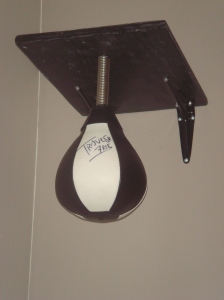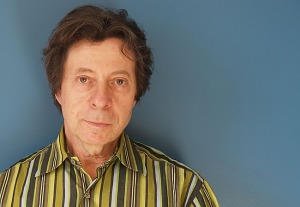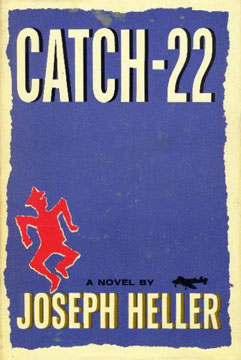ALL-TIME AMERICAN WRITERS TOURNAMENT

(Norman Mailer.)
*******
NOTE: Some stray comments among themselves were inadvertently made by our broadcast team at the New Pop Lit Writers Combine. A partial transcript.
***
Mel Diper: “What I don’t want us doing is smiling. No grinning. No smiling. Notice I never smile when the camera is ON. I’m an expert! I never smile. Never smile. Experts don’t smile.”
Norman Mailer: “I wouldn’t say I smile, I mean, I’d never say I never smile because I do in fact smile only very rarely, very occasionally but I could never say never categorically that I never smile after all ‘never’ is a term of some fixity some fixed authority some like fecal tangibility and I’d not go there. No. Never. I mean, never in the statement, not the smile.”
Diper: “I just don’t want us with fixed Howdy Doody grins like the hosts at the Winter Olympics. Grinning like idiots. Katie Couric and the guy. They never stopped smiling! It was a freak show. Scary.”
Mailer: “Yes, ghoulish, I entirely agree.”

Diper: “–grins plastered over their faces. Even when snowboarders wiped out, breaking legs or in body casts. Thought I saw one of them in a body cast anyway. What a crazy sport. Guy in a cast. There they are. The NBC hosts. Grinning! My God! But Couric has had so much plastic surgery all she can do is grin.”
Mailer: “I look forward to Vidal wiping out on something, as a matter of fact. Or Lillian. Or Mary! Did the Count put up an obstacle course?”
Emily Dickinson: “You shouldn’t wish bad things on people, Norman. We are all writers. Well, not Mel, but everyone else. The participants.”
Diper: “Are you prepped and ready, Emily?”
Dickinson: “Am I ready? In a sense, I’ve always been ‘ready.’ then again, I’ve never been. I am concerned about the large peering glassy objects and the red lights.”
Mailer: “Cameras, my dear. Cameras! Hon, those are cameras.”
Dickinson: “I’m not your ‘hon,’ Norman.”
Diper: “Uh, Norman, nowadays there’s something called ‘mansplaining.’ We’re never supposed to mansplain. Not on camera anyway. So please watch that.”
Mailer: “The feminists, you mean? Had ’em in my day. Conflicted with them often. Is Emily, I mean, Ms. Dickinson, is she– or let me direct my question to you directly, Emily– I trust I may be allowed to call you Emily? My question is: Are you a proto-feminist? Sorry– an amusing idea.” (Turns to Mel.) “Mel, were you just mansplaining to me about mansplaining?”
*******
















